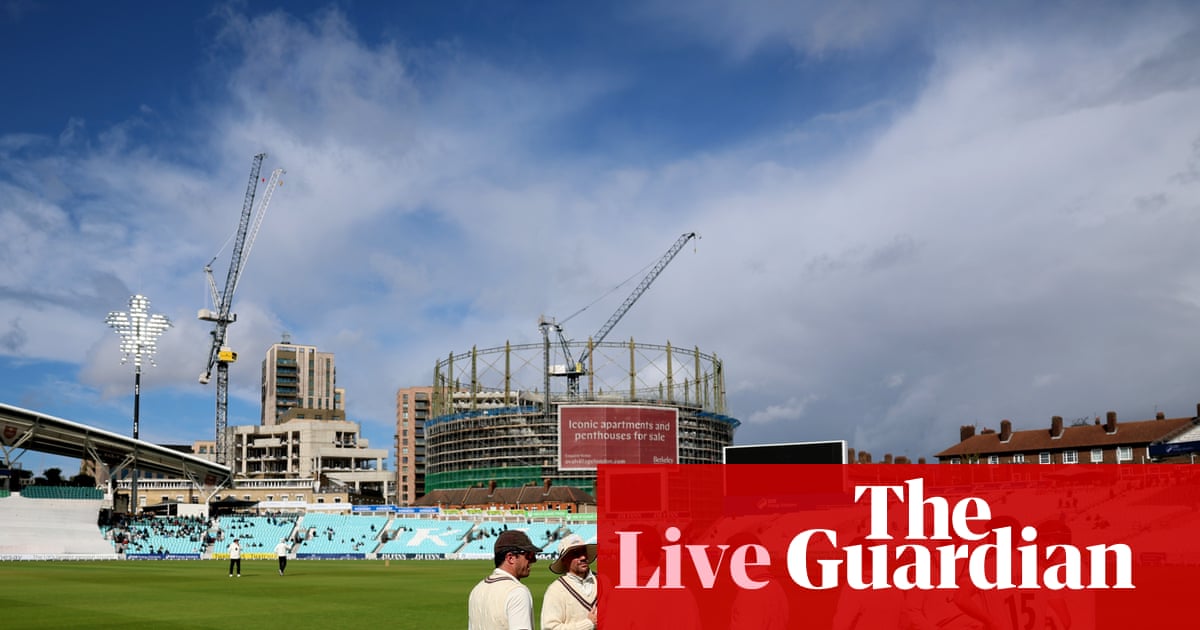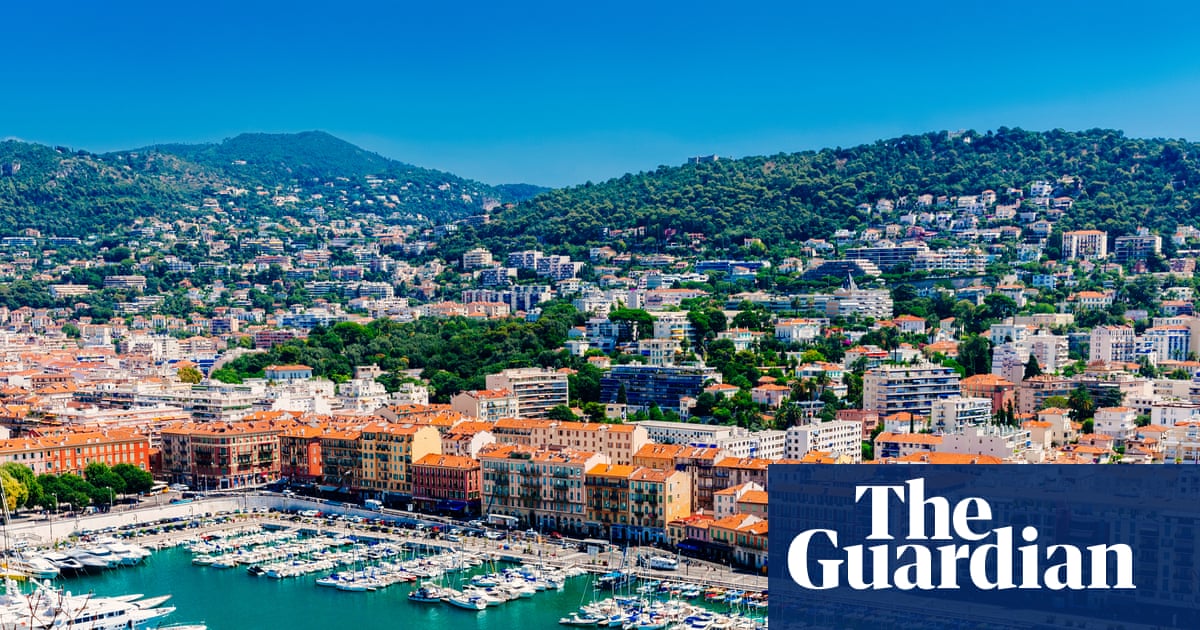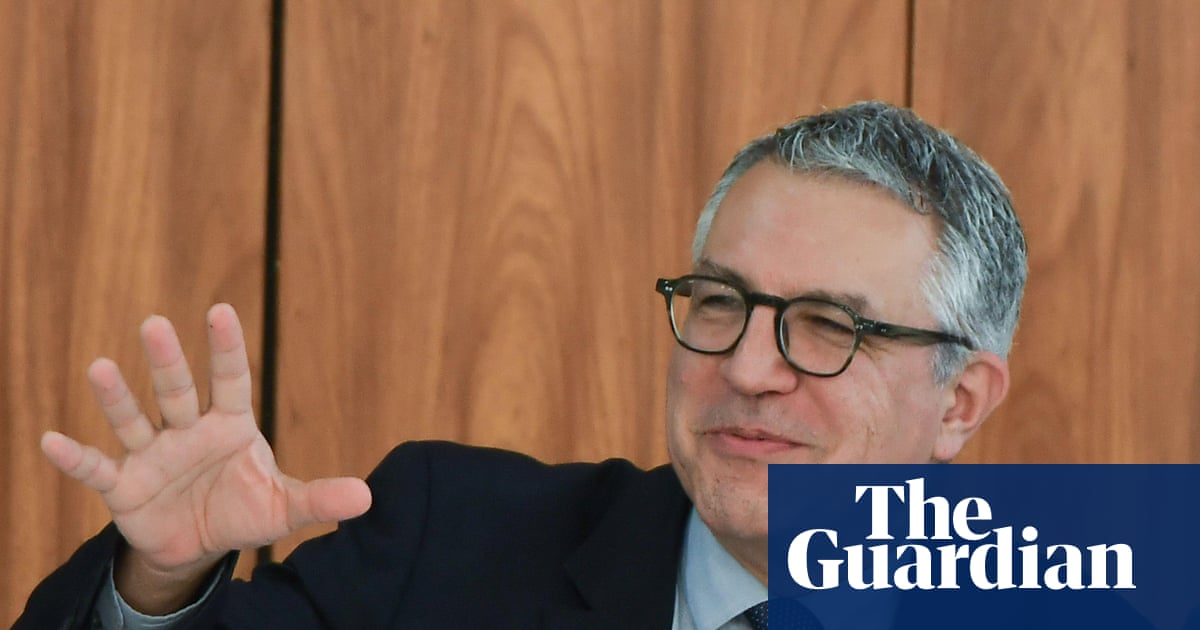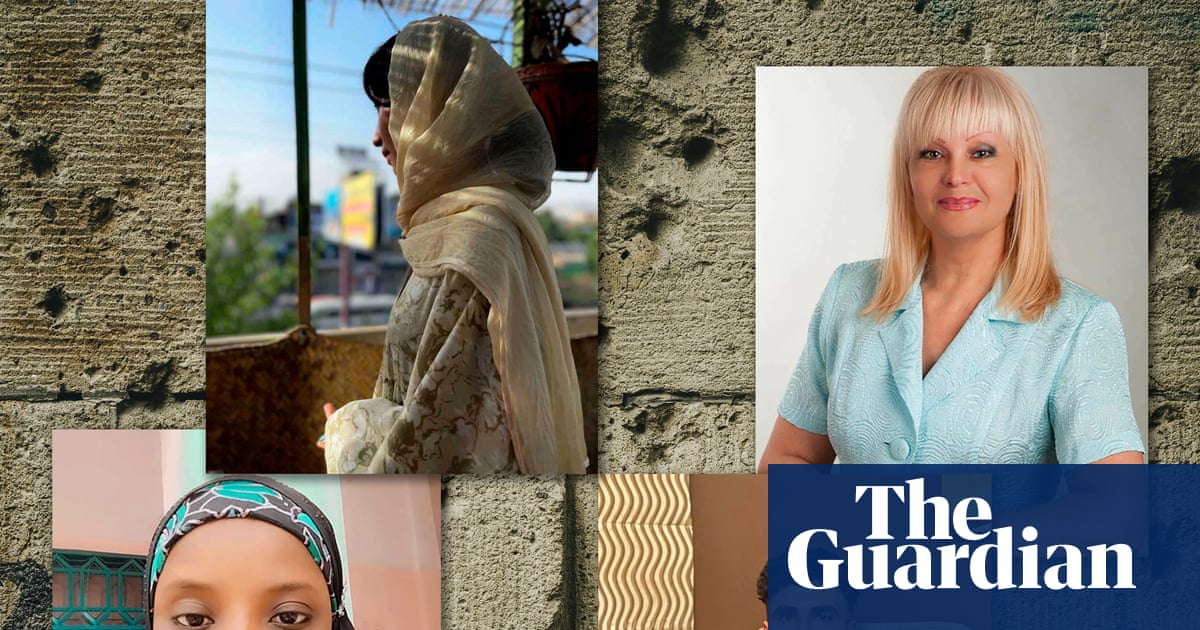Wildfires engulfed vast swathes of South America last year, devastating ecosystems, closing schools and grounding flights. With its worst fire season on record, Bolivia was especially hard hit. “We felt powerless and angry to be unable to protect what is ours,” says Isabel Surubí Pesoa.
Surubí Pesoa was forced to migrate to the nearest town after the spring that fed her village in Bolivia’s eastern lowlands dried up after the fires and the drought that preceded it. “It’s very painful,” she says.
Large ranches and farms often use fire to clear land for crops or to graze cattle. Chronic drought, fuelled by the climate crisis and El Niño weather patterns, combined with weak environmental governance, made it easy for these fires to spread out of control, destroying forests and grasslands.
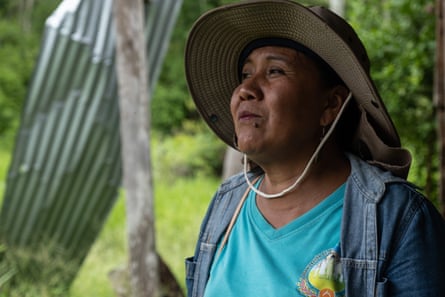
Industrial-scale land clearances without fire is also a major cause of deforestation, undermining the resilience of communities and ecosystems alike.
With insufficient local and national government support, many people are left to battle fires with little more than shovels and small water bottles. “As elected officials, we feel impotent,” says Verónica Surubí Pesoa, a city councillor in San Javier and Isabel’s sister.
Forest loss in Bolivia and across Latin America is part of a broader worldwide trend. New data released earlier this week by World Resources Institute’s Global Forest Watch found that global forest loss reached record highs in 2024, with almost twice as much tropical primary forest lost in 2024 as in the year before. That is equal to an area larger than Ireland.
Deforestation in the Amazon means warmer temperatures and decreased rainfall, with consequences for farmers and food production. When fire is involved – as it increasingly is – communities report issues from water pollution and smoke, which might increase lung cancer and susceptibility to infections, to disruption to education when schools are forced to close.
“When people live in the middle of thousands of burnt hectares, of course, it’s not going to be a healthy environment,” says Iván Arnold, director of the Bolivian environmental organisation Fundación Nativa.
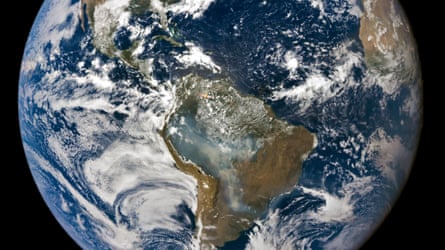
Historically heavy rainfall followed Bolivia’s drought and fires in 2024, flooding towns and destroying crops. In the Surubí community, in the country’s tropical dry forest region, they disrupted growing seasons and damaged roads and bridges, further complicating recovery efforts.
Fire – which is not a natural part of tropical ecosystems, as it is in much of Australia, for example – was the leading cause of the loss of tropical primary forest for the first time recorded. Forest loss in tropical regions is especially grave as these ecosystems are some of the world’s most biodiverse and serve as key carbon sinks.
The greenhouse gas emissions from tropical primary forests lost in 2024 alone exceeded the annual carbon emissions of India. Major fires swept Canada and Russia’s boreal forests as well, and overall tree cover loss reached all-time highs across the globe.
Peter Potapov, co-director of the University of Maryland’s GLAD Lab, which collected the data, says: “If this trend continues, it could permanently transform critical natural areas and unleash large amounts of carbon – intensifying climate change and fuelling even more extreme fires.”
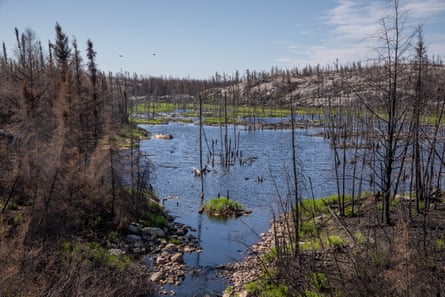
Elizabeth Goldman, co-director of Global Forest Watch, which has analysed the report, says the data is a “global red alert” to the international community. “It’s a global red alert,” she says.
Although the loss of vegetation occurs across the world, Latin America has witnessed much of this catastrophe with Brazil losing the most tropical primary forest of any country. The Amazon biome saw its worst decline since 2016, with primary forest loss more than doubling, driven by fires and agricultural expansion.
After a dip in 2023, Colombia’s primary forest loss rose by 50% in 2024, though fires were not the main driver. Joaquin Carrizosa, an adviser for World Resources Institute Colombia, says: “Most of the deforestation dynamics are associated with larger macro-criminal networks interconnected through the basin and … with other countries. This is not just a Colombian problem.”
Loss of primary forest surged elsewhere across Latin America. Fires were the biggest cause in Belize, Guyana, Guatemala and Mexico. Nicaragua lost nearly 5% of its primary forest in 2024 – the highest proportion of any country.
Bolivia’s primary forest loss increased by 200%, reaching 15,000 sq km (6,000 sq miles) in 2024. For the first time, it ranked second to Brazil in tropical primary forest loss and surpassed the Democratic Republic of Congo, which has more than twice its forest area.
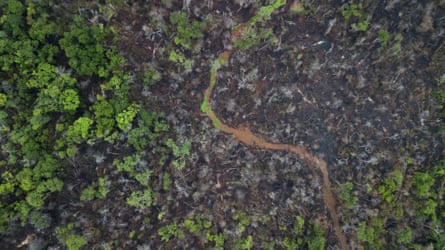
This “signals that Bolivia has become a major driver of the global climate and ecological crisis,” says Stasiek Czaplicki Cabezas, a Bolivian environmental economist.
Czaplicki Cabezas says the expansion of industrial-scale farming and cattle ranching, weak enforcement and oversight of environmental regulations, and a legal and political framework that values land conversion over protecting forests drove the increase in Bolivia.
“What makes 2024 particularly severe is the convergence of these structural drivers with a deepening ecological and economic crisis,” he says.
Isabel Surubí Pesoa says of the latest data: “We’re the guardians of our territory, but this is out of our hands.”
Yet, the data showed some successes. In Bolivia’s southern Chaco region, Indigenous communities, public institutions, civil society organisations and volunteer firefighters banded together to protect the tract of land that spans national parks and Indigenous territories.
After a devastating 2019 fire season, they invested in early warning systems and enforced land-use policy better. It helped them successfully fight back the wall of flame that had enveloped nearby areas in 2024 and 2023.
Collaboration across sectors was fundamental, says Arnold, whose Fundación Nativa supported the effort. Just as crucial were the local monitors – mostly Indigenous Guaraní park rangers – who know the area and track conditions all year to enable a fast response.
“What’s important is not just acting when there’s a fire,” he says, “but preparing in the off-season.”
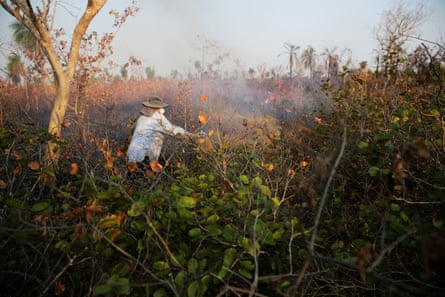
In San Javier, Isabel and Verónica Surubí Pesoa are looking towards the next fire season. The organisation of Indigenous women Isabel leads is holding workshops to train women in fire prevention and management, and a municipal strategy is being drawn up.
They are also seeking support from conservation organisations to equip a local fire brigade, as the group has no boots, helmets or fire-resistant clothing.
“Last year, we often went to fight the fires in shoes or sandals, and the fire burned them quickly,” she says. “We’re fighting so we don’t have to suffer the fires again.”

 3 months ago
116
3 months ago
116
